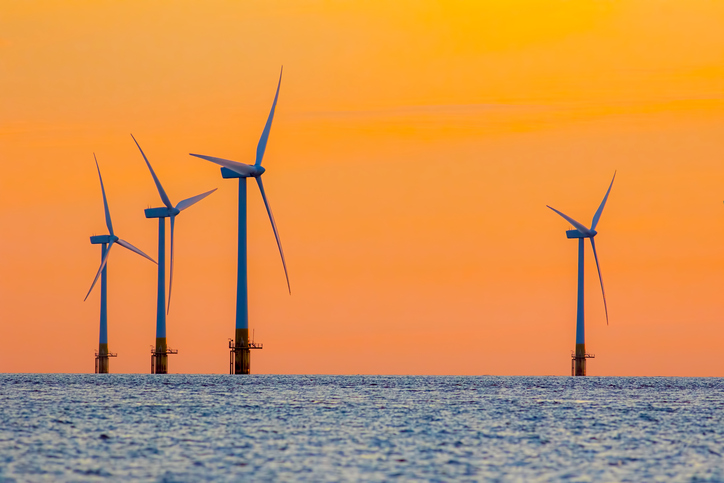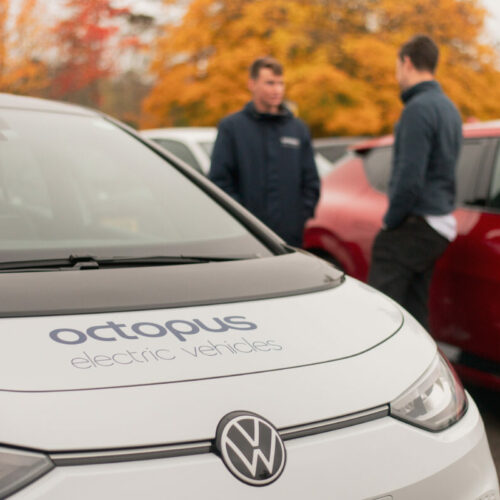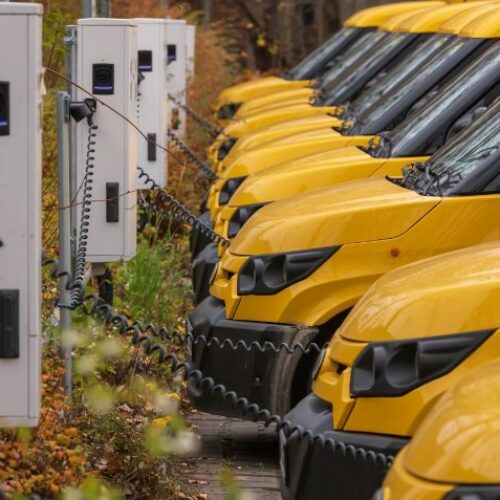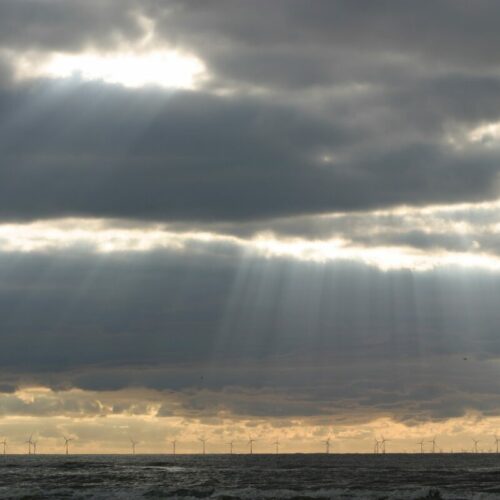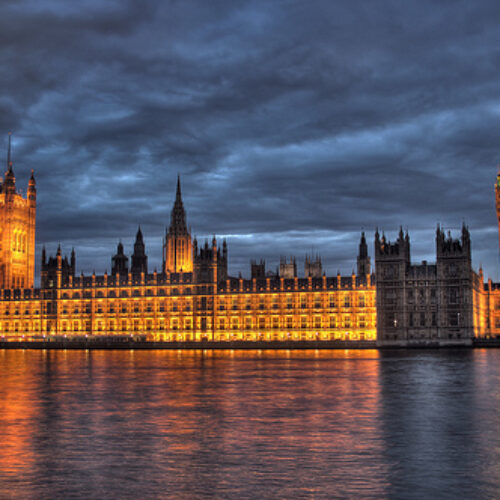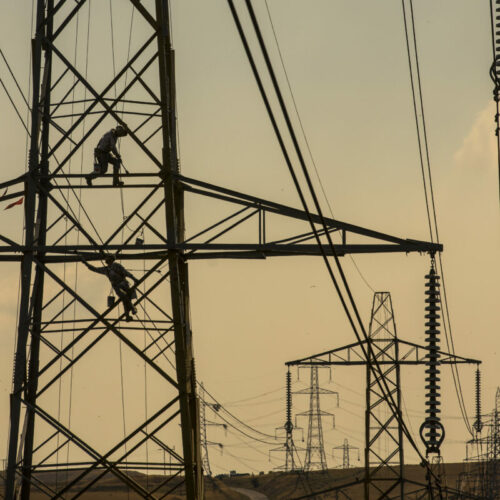The UK is at growing risk of missing legally binding climate targets after the pace of decarbonisation slowed last year, new analysis has concluded.
The warnings, which compound others from a raft of industry groups and energy watchdogs, come despite “every conceivable” renewable energy record, with the exception of those relating to hydro generation, falling last year.
Those findings are published within the latest Drax Electric Insights report, published today in conjunction with Imperial College London, which reveals that last year’s average carbon intensity stood at 217g/kWh.
That figure was roughly 8% lower than 2017’s grid carbon intensity, amounting to the slowest rate of annual decarbonisation witnessed since 2013.
The period from 2014 – 2016 was something of a golden period of decarbonisation of the UK’s power supply as increasing quantities of wind and solar generation came onstream. In 2016 alone the average carbon intensity slid by 85g/kWh, more than four-times the 20g reduction recorded last year.
The UK has a legally binding commitment to reduce grid carbon intensity to an average of 100g/kWh by 2030, a figure which would require a 6% drop each year over the next decade.
However Drax and Imperial College London have warned that current projections show that grid carbon intensity is expected to slide by just 5% over the coming years as new renewables and nuclear projects slump.
Wind and solar installations have crashed in recent years as subsidies have been abruptly withdrawn and while the advent of grid-parity in certain, very specific circumstances is expected to see the return of some large-scale development, it will unlikely be enough to trigger the kind of decarbonisation required.
There are too growing concerns surrounding the collapse of two crucial new nuclear power plants, in Cumbria and Anglesey, which promise to leave a 9GW hole in the country’s forecasted low carbon fleet. Renewables have been talked up as a willing and able plug for that gap but, while energy secretary Greg Clark has spoken of the potential for renewables to do just that, there has yet to be any meaningful development in the policy field.
There was, however, much better news for the UK’s renewables fleet last year. Solar and wind’s performance was vaunted throughout the year but Drax has now revealed that, with the exception of hydro, “every conceivable” renewable energy record fell throughout 2018.
The country operated with more than 50% of its power derived from renewable sources for around 200 hours over the course of the year and more than half – 53% – of the country’s total power came from low-carbon sources as fossil fuels slumped again.
Imperial College London’s Dr Iain Staffell said that renewables “hit new highs” in 2018, but had words of caution for the future.
“The sharp fall in new solar and wind projects coming online is worrying, and the likelihood that this trend will continue raises serious questions over future progress towards meeting our climate targets.”
This was compounded by Dr Nina Skorupska, chief executive at the Renewable Energy Association, who said energy policy had hid renewables sectors hard in recent years.
“Renewables represent some of the lowest cost forms of new power generation today, a fact recognised by the government in both recent statements from the secretary of state and the Clean Growth Strategy. However, there remains a significant policy gap and an absence of a fair route to market for new renewable and clean technology projects,” she said.
